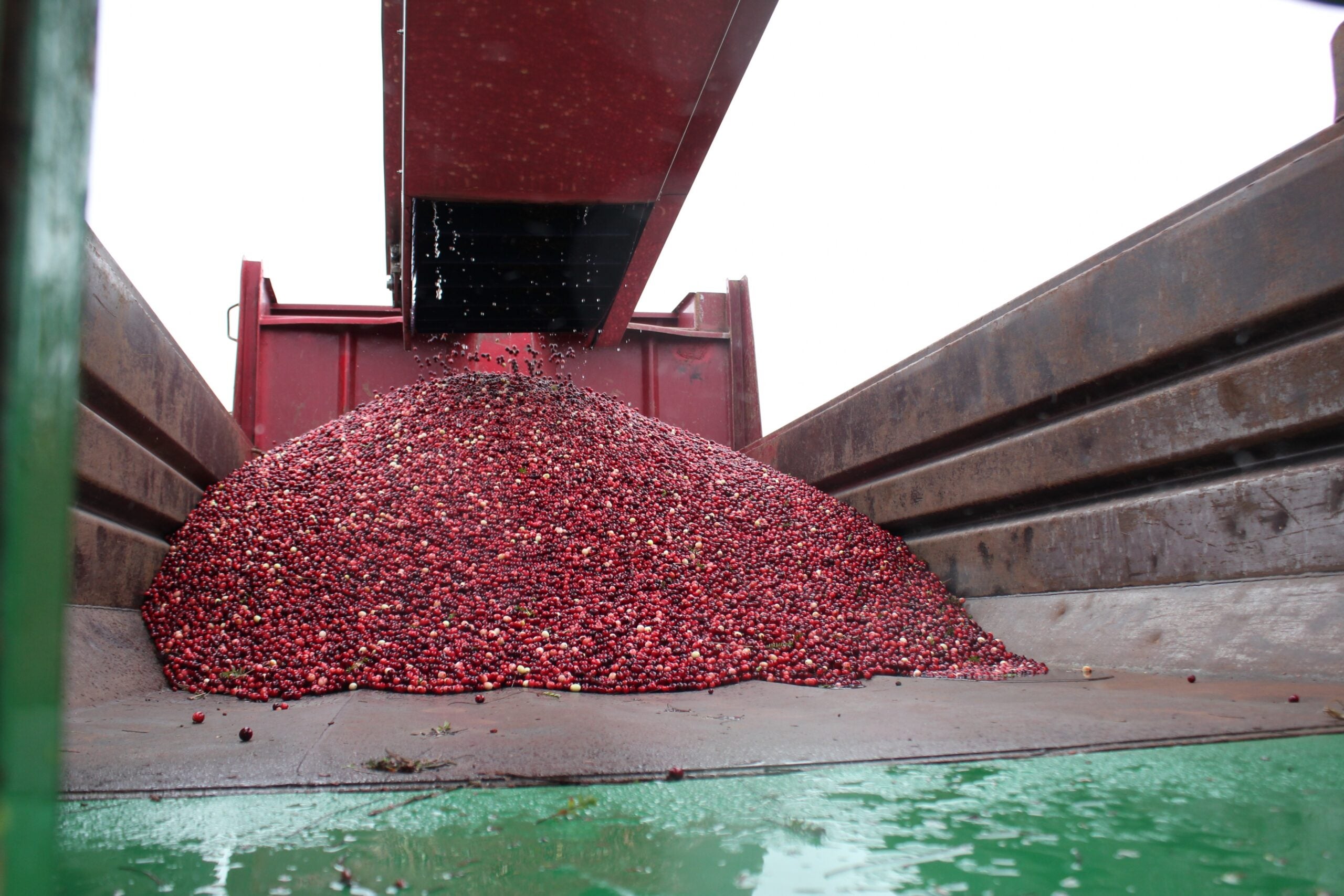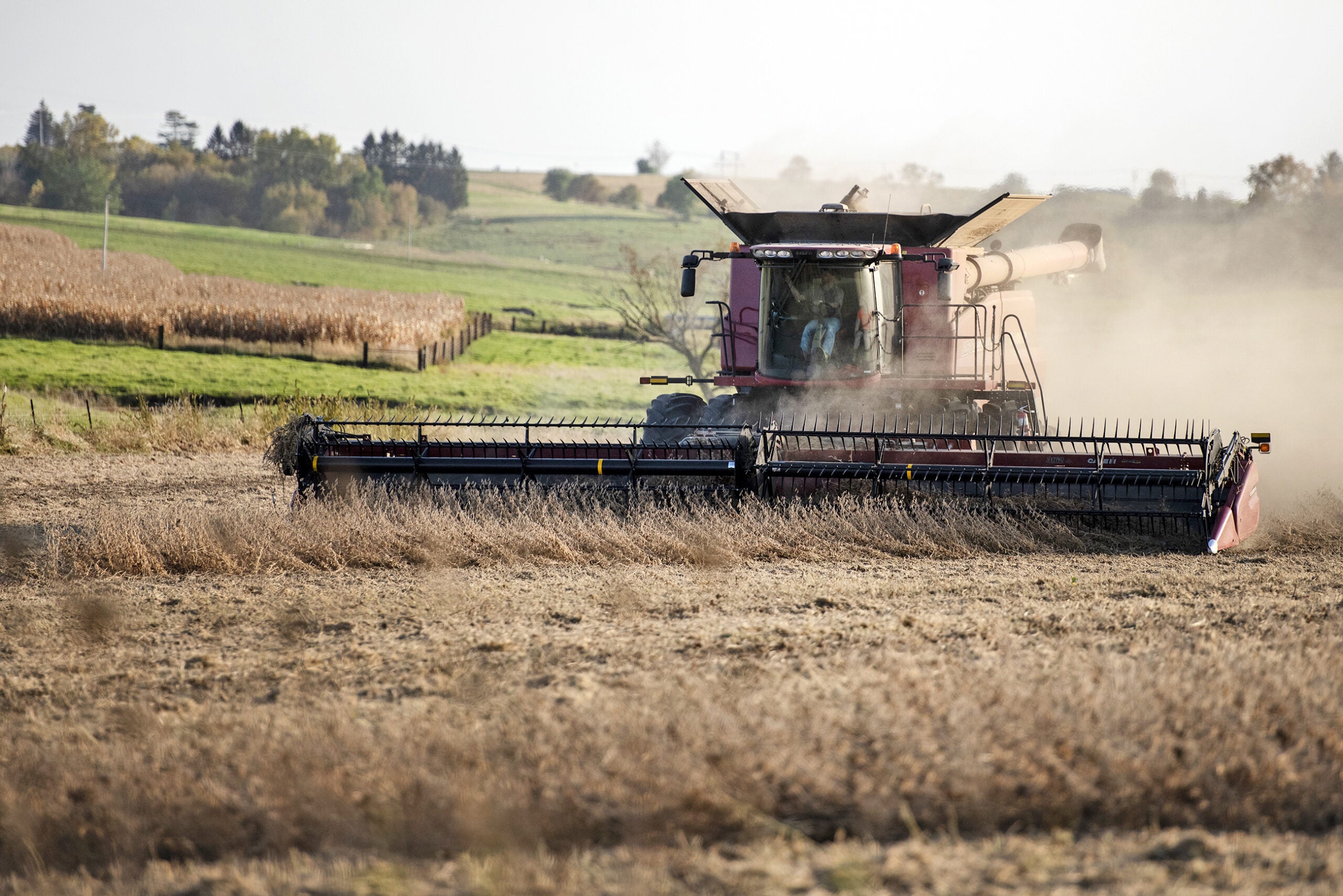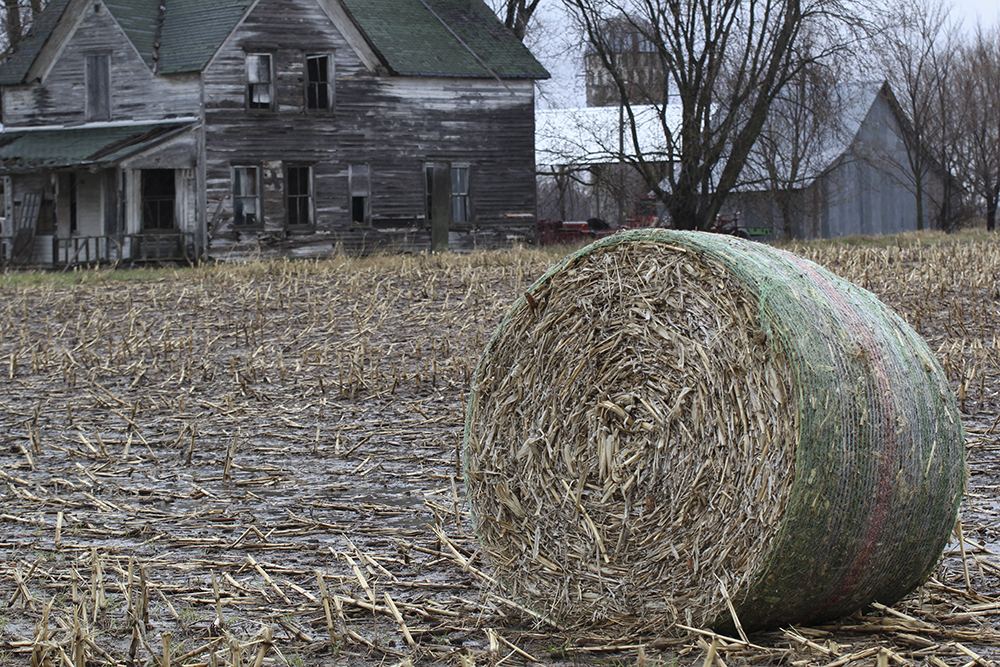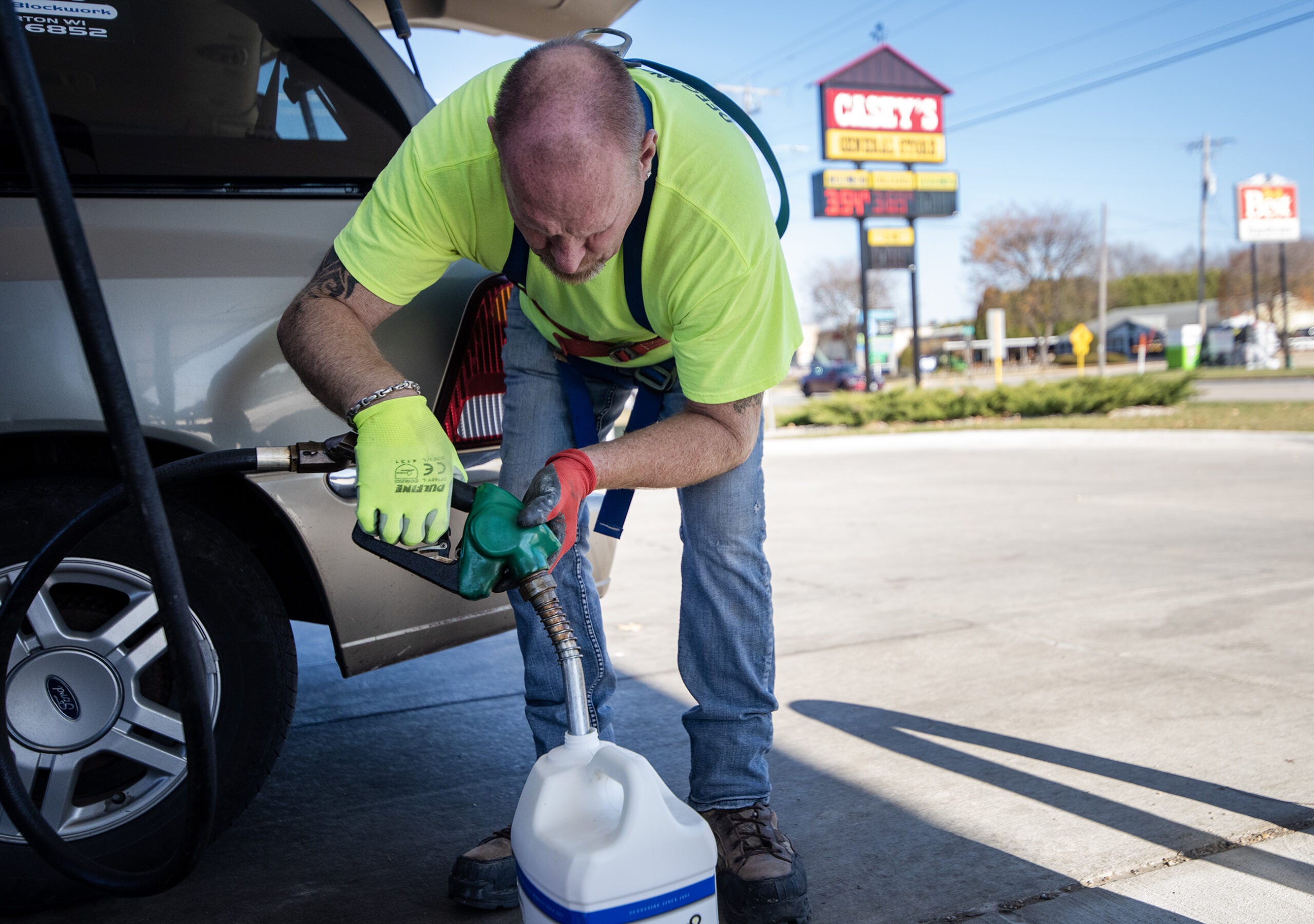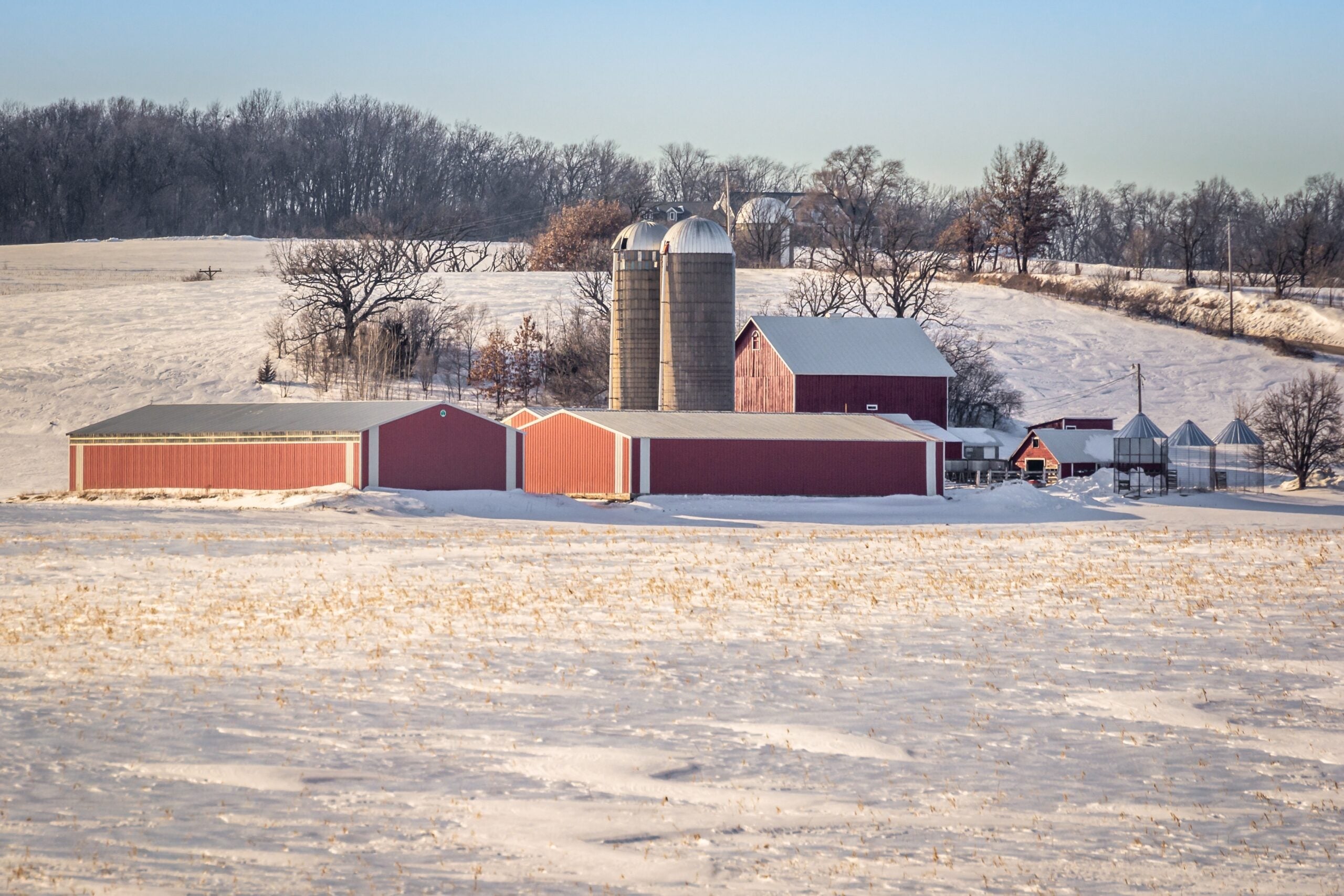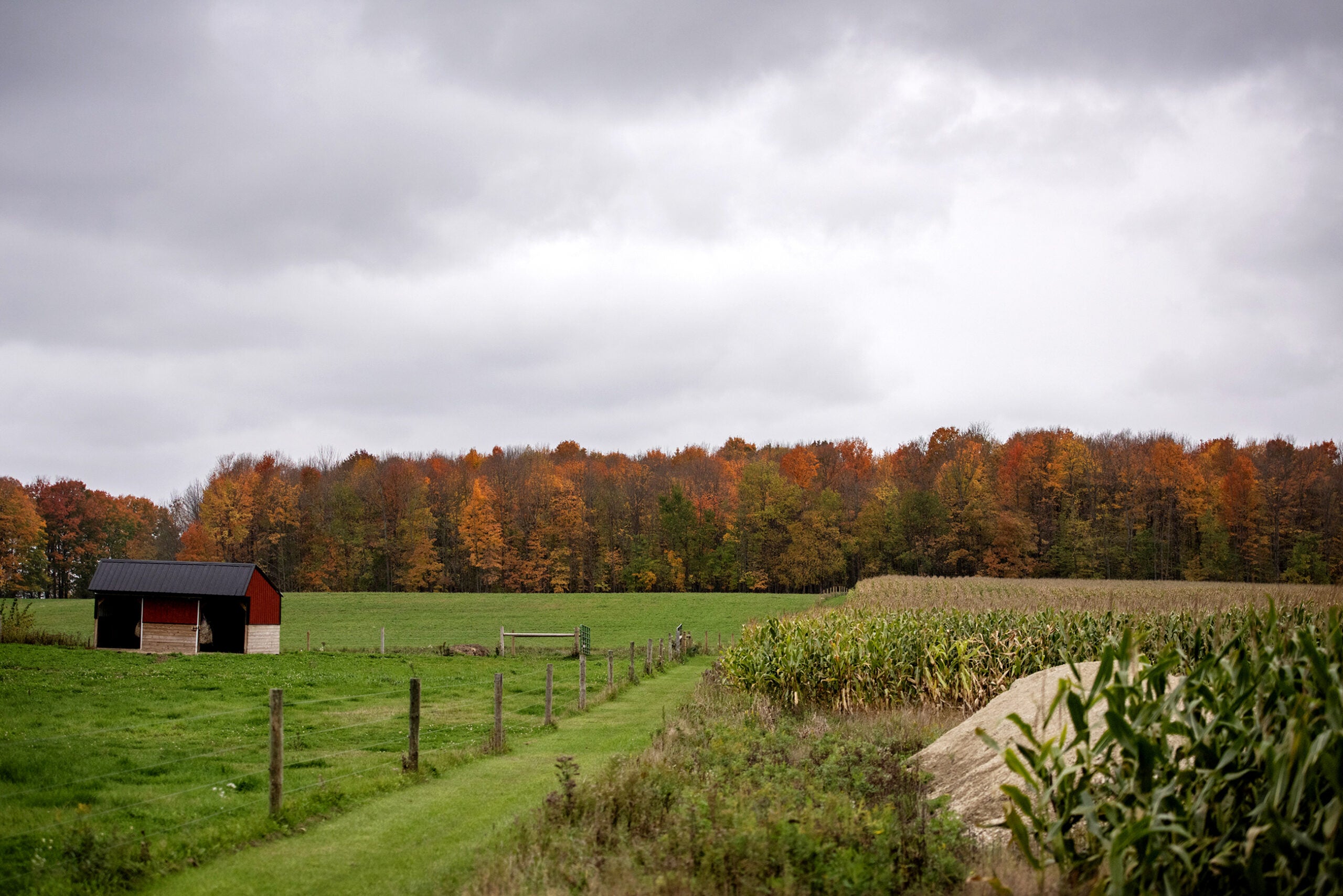Wisconsin cranberry growers say demand for the fruit is improving after a voluntary move to withhold part of the 2018 crop.
According to the latest National Agricultural Statistics Service report, Wisconsin produced 5.55 million barrels of cranberries last year. That’s a 3 percent increase from 2017, when growers saw a slight production decline due to a late spring frost.
But NASS officials said the latest figures don’t include the 25 percent of production withheld from the market in 2018, thanks to a federal marketing order.
Stay informed on the latest news
Sign up for WPR’s email newsletter.
The cranberry industry petitioned the U.S. Department of Agriculture to limit production as a way to reduce oversupply and encourage higher prices. The industry asked for a similar move in 2017, diverting 15 percent of that year’s production from the market.
Tom Lochner, executive director of the Wisconsin State Cranberry Growers Association, said he thinks the effort has helped.
“We’ve seen some improvement in the commodity price for cranberries. We know it’s part of a longer term effort to get prices to recover but they are heading and trending in the right direction,” Lochner said.
The average price for fresh cranberries fell to $50.10 per barrel in Wisconsin last year, after jumping to $64.70 in 2017. That’s better than the national average, which came in at $48.10 per barrel for 2018 after hitting $57.60 the year before.
Dave Hansen, manager of Dubay Cranberry Co., said the cost of producing cranberries is equal to what growers are getting for their crop.
“It makes it a little bit more difficult and challenging as far as budgeting for the coming years.,” Hansen said. “Maybe some projects will have to be put on hold until prices stabilize or increase a little bit.”
Lochner said his organization has been investing in international markets to help boost demand for cranberries. But retaliatory tariffs placed on cranberries in the last year have impacted the industry’s efforts.
Lochner said the European Union is the largest export market for Wisconsin cranberries, but increased tariffs have made the state’s products less competitive.
“We were investing heavily in developing markets in China and we saw that the retaliatory tariffs probably have had more of an impact on our ability to grow that market,” Lochner said. “So we’ve shifted to other opportunities that are out there, whether it’s Australia, New Zealand, Japan, India, Southeast Asia and some other markets.”
Hansen said this year’s cranberry crop is at least two weeks behind normal growth, due to an unfavorable spring.
“Blooming is just starting to come on right now. Everyone is getting their honey bees for pollination and we’ll know more so what the crop looks like later in August and September,” Hansen said.
Lochner said Wisconsin growers are expected to produce slightly more cranberries than last year. But he said the cranberry industry won’t seek another marketing order diversion moving forward.
Wisconsin Public Radio, © Copyright 2025, Board of Regents of the University of Wisconsin System and Wisconsin Educational Communications Board.
